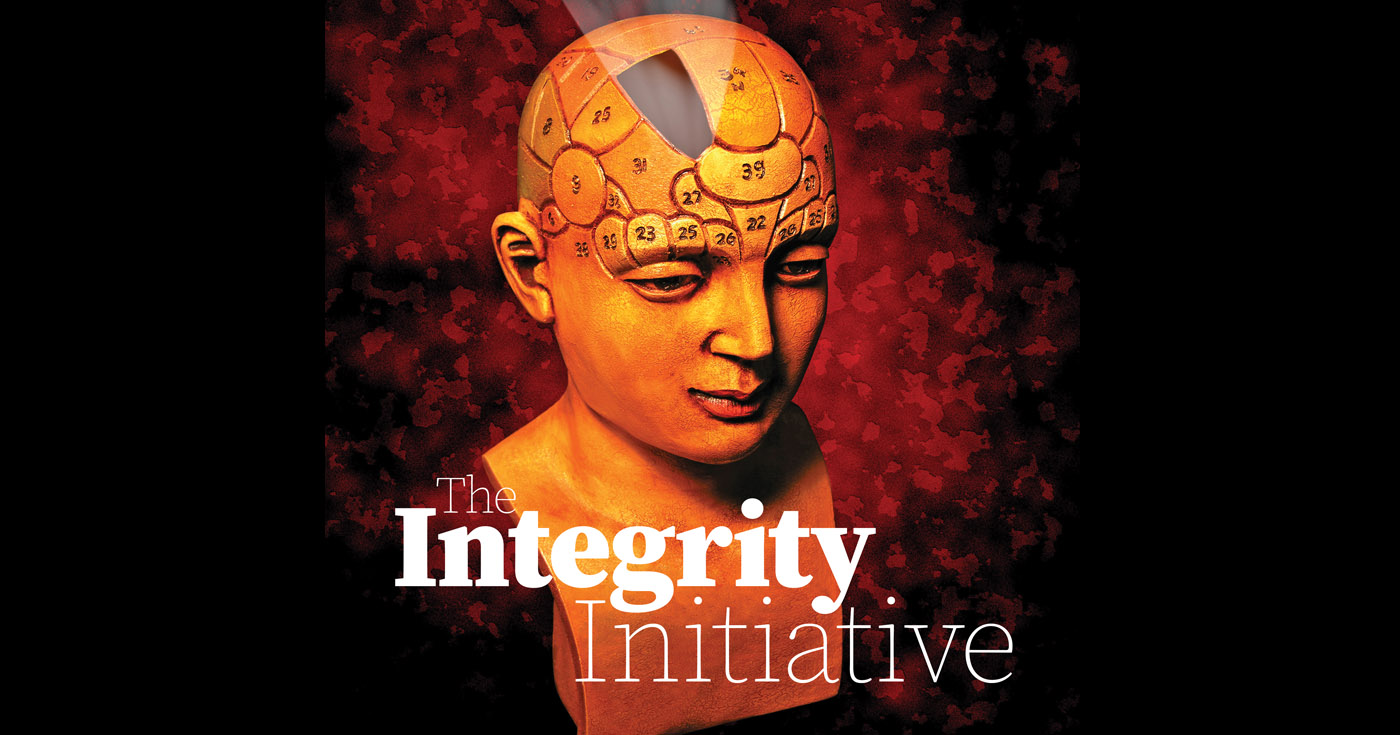ELECTRONIC commerce (e-commerce) may be here but it wouldn’t dislodge the neighborhood mom-and-pop store out of the top spot for purchasing the top 10 FMCG brands in the past decade and in the coming years, a study by the local business of Kantar Group Ltd. revealed.
Kantar Philippines Inc. Client Manager Bea Coronel said that as they “see things normalize, consumers are returning to sari-sari stores.”
“We did see the shift during the pandemic to e-commerce but the biggest channel still are sari-sari stores,” said Coronel during a news briefing on the top 10 fast-moving consumer goods (FMCG) brands for the last decade.
Food brands dominated the list, comprised of food and beverages as well as personal and homecare products.
Claiming the top and most coveted position in Kantar’s ranking of Brands of the Decade in the Philippines is the instant noodle brand “Lucky Me” of Monde Nissin Corp. According to Kantar’s study, Lucky Me was bought by almost all Filipino homes at 98.4 percent and was chosen by local shoppers 31 times per year over the past decade, giving it a total of 9.4-billion Consumer Reach Points (CRP).
Kantar ranks successful FMCG brands based on their CRP. According to a statement from the marketing research firm, this measure combines: population or the number of households in the country; penetration or the percentage of households purchasing the brand; and, consumers’ choice or the frequency of the brand being chosen by Filipinos over the course of 12 months.
Penetration, frequency
In second place is coffee brand “Nescafé” by Nestle Philippines Inc., with 7.3 CRP. Other food and beverage brands in Top 10 listing are: “Silver Swan” (5.4 billion CRP), ranked fourth; “Bear Brand” (4.9 billion CRP) securing the sixth spot; “Milo” (4.9 billion CRP) landing on seventh; and, “Ajinomoto” (4.6 billion CRP) making its way to number eight.
The Top 10 list was rounded up by three personal care brands and one lone homecare brand. Detergent brand “Surf” ranked third, registering 5.6 billion CRP. Meanwhile, the “Palmolive” brand of Colgate-Palmolive Philippines Inc. received 5.2 billion CRP to get the fifth spot, whereas the “Safeguard” (4.2 billion CRP) and “Cream Silk” (4.1 billion CRP) brands took the ninth and tenth spots, respectively.
Coronel was quoted in the statement as saying that the combination of high penetration and frequency are the top two drivers of brand growth.
“In fact, 88 percent of brands in the country have achieved growth this way during the last 10 years,” she said. “These FMCG brands have been successful in finding more shoppers and reaching them at the right moment to win their households over via their shopping baskets.”
Niche source
Kantar Philippines Client Director Nino Nierva said during the online briefing last Tuesday that 10 percent of purchases were mostly in physical outlets.
“e-Commerce is a niche source of purchase for Filipino shoppers, given that it mostly caters to Metro Manila and for those with stable internet access,” Nierva said. “There’s no impact yet in the brick-and-mortar stores.”
Des Deocareza-Lozano, director of the Worldpanel Division of Kantar Philippines, said during the briefing that e-Commerce for FMCG is less than 1 percent of the total FMCG market in the Philippines.
“As the economy reopens and mobility is increasing, e-commerce has to differentiate itself,” said Deocareza-Lozano. “e-Commerce must learn how it can overcome barriers like data cost and delivery charges.”
According to Kantar, brands can grow “if FMCG companies are able to use different levers to maintain a constant level of penetration amidst a growing population, such as in the Philippines.”
Nierva was quoted in the statement as saying that manufacturers behind these brands “should get to know the behaviors of their target consumers better, be more present in places where they shop and communicate effectively with them to create more moments where they can catch their attention.”
“They must also find ways to innovate and address the emerging needs of consumers or offer more categories for them to choose from,” he added.
Image credits: Michael O. Ligalig | Dreamstime.com





















